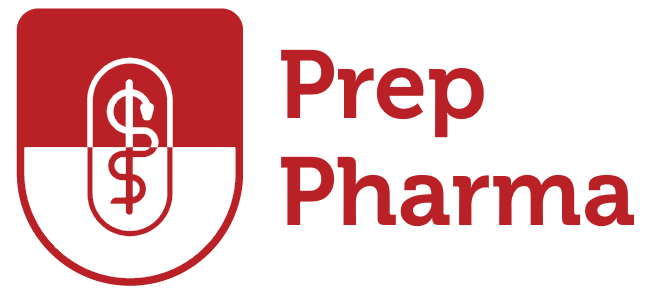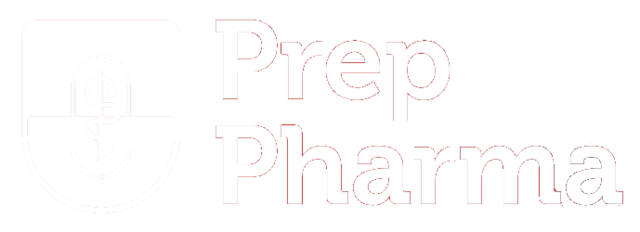Being an internationally trained pharmacist you might be wondering, Are pharmacists in demand in Canada or not? Indeed, the pharmacy profession continues to grow and expand in Canada, with the job openings between 2022 and 2031 predicted to reach 16,100. As 20,000 pharmacists enter the market, they will cover those job openings. Let’s understand how the process works in Canada for pharmacists.
An Introduction to PEBC
Pharmacists and Pharmacy technicians are authorized to practice in their respective fields in Canada by the Pharmacy Examining Board of Canada (PEBC). Through administering a series of qualification examinations and assessing the qualifications of pharmacy candidates, the board ensures that pharmacists practicing in Canada are qualified and possess the appropriate skills and knowledge to safely and adequately provide healthcare services following a suitable, predetermined standard. The PEBC issues a Certificate of Qualification to Candidates who meet the licensing requirements of their province. Here are the three steps that you must take to get licensed to become a Pharmacist in Canada.
Requirements to Become a Licensed Pharmacist in Three Steps
Step 1: Document Verification
- The initial step that you have to take towards getting your credentials recognized in Canada is to pass the PEBC document eligibility.
- After applying for this through the NAPRA Gateway, the PEBC will evaluate your degree to determine if it meets certain standards.
- You must have at least a bachelor’s degree in pharmacy. You need to pass this step to move forward with the equivalency process.
Step 2: Pharmacist Evaluating Examination
- After passing the PEBC document eligibility, you must then take and pass the Pharmacists Evaluating Examination.
- This 4.25-hour multiple-choice exam will test your knowledge in various subjects such as biomedical sciences, pharmacology, and Canadian pharmacy practice.
- You must pass the Pharmacist Evaluating Examination to proceed to the final step. This step is only applicable to foreign-qualified pharmacists. Canadian pharmacists can skip this step.
Step 3: Pharmacist Qualifying Examination
To become certified to practice in Canada, you must complete the MCQ and OSCE exams administered by the PEBC. This is the third step in the equivalency process The examination will cover four areas including biomedical sciences, pharmacy practice, behavioral, social, and administrative pharmacy sciences, and pharmaceutical sciences. For an estimated percentage breakdown for the questions in each area, please visit the PEBC website.
This step can be divided into two parts:
Part I: MCQ
- The first part is the MCQ exam.
- It is a 4.5-hour, multiple choice, computerized exam that tests your knowledge in theoretical pharmacy and other fundamental topics related to the field such as pharmacy law and pharmacotherapy.
- You can take this exam remotely through online proctoring or in person at a testing center; Prometric Testing administers both options.
- You will be provided with a formula sheet and onscreen calculator for you to utilize.
- If you fail to complete the exam within the time provided, your exam will terminate immediately once the designated time is over.
- Note that you will not receive the results of your examination on the spot, upon completing your examination and signing out, you will be provided with a notice of completion.
Part II: OSCE
- PEBC administers the OSCE exam, the second part of the examination process, nationally on a specific date.
- You will receive an assignment from a center where you must complete your examination and a session time.
- PEBC website for a complete schedule.
- For admission, you must provide two documents, a government-issued photo ID and your PEBC admission card that you received in an email from the Board.
- Do not forget to wear a plain lab coat or dispensing jacket, on the day of your examination. You must remove or conceal all identifiers or logos on your lab coat if you have any.
- You must complete 13 exam stations with additional rest stations spread throughout for you to take a break.
Exam Day Breakdown
- Stations – You must complete 10 interactive stations, 2 non-interactive stations, and 1 pretest station. Each station provides you with the necessary materials and equipment to complete the task.
- Time – You will have exactly seven minutes to complete each task. You will also hear signals indicating when you should enter a station when your time at a station is almost complete, and when you should proceed to the next station.
- Interactive stations – You will interact with Standardized Participants including health professionals, patients, and clients. An assessor or multiple assessors will be at your station to evaluate your performance scoring sheets.
- Non-interactive stations – you do not have to worry about interacting with standardized participants. You will only be required to complete tasks and to answer multiple-choice and short-answer questions on the provided sheet.
- Pretest – One station is a pretest station in which your performance will not be used to determine your mark. It will however be scored like the other stations and will not be disclosed to you.
Can Canadian Pharmacists Work in the USA?
If you are a licensed Canadian pharmacist looking to work in the USA, you must undergo a certification process before you can practice.
Document Evaluation Fees
Evaluation | Fees |
Document Evaluation | $705 |
| US Document Evaluation | $250 |
Examination Fees
Exam | Fee |
Evaluating Exam | $900 |
| Part I MCQ | $845 |
| Part II OSCE | $1895 |
Other Requirements
Several pharmacy candidates may need to fulfill additional educational requirements, such as bridging programs and jurisprudence exams, to meet provincial standards. Completing the bridging programs costs $14,180 and familiarizes internationally educated pharmacy students with Canadian standards of practice in pharmaceutical settings. These programs ensure that internationally trained pharmacists entering pharmacy practice have the appropriate skill sets and knowledge to meet the needs of the people accessing their services. Certain provinces may also require you to complete a jurisprudence exam that will test your law knowledge related to pharmacy practice in the province and the ethics of pharmacy practice.
Practical Experience
In many areas in Canada, completing an internship in a pharmacy is often a requirement. This rewarding experience will help you gain practical hands-on experience, help you develop your communication skills, and help familiarize you with the standards of practice in Canadian professional healthcare settings.
References:
Can a Canadian pharmacist work in the US? – New Canadian Life
Pharmacist Job Demand – Future Of Pharmacist In Canada (robertsoncollege.com)
Pharmacist Jobs in Canada|Everything Newcomers Need to Know – Prepare For Canada








